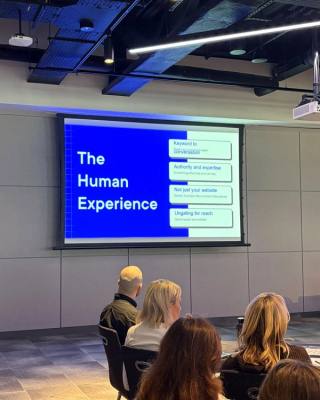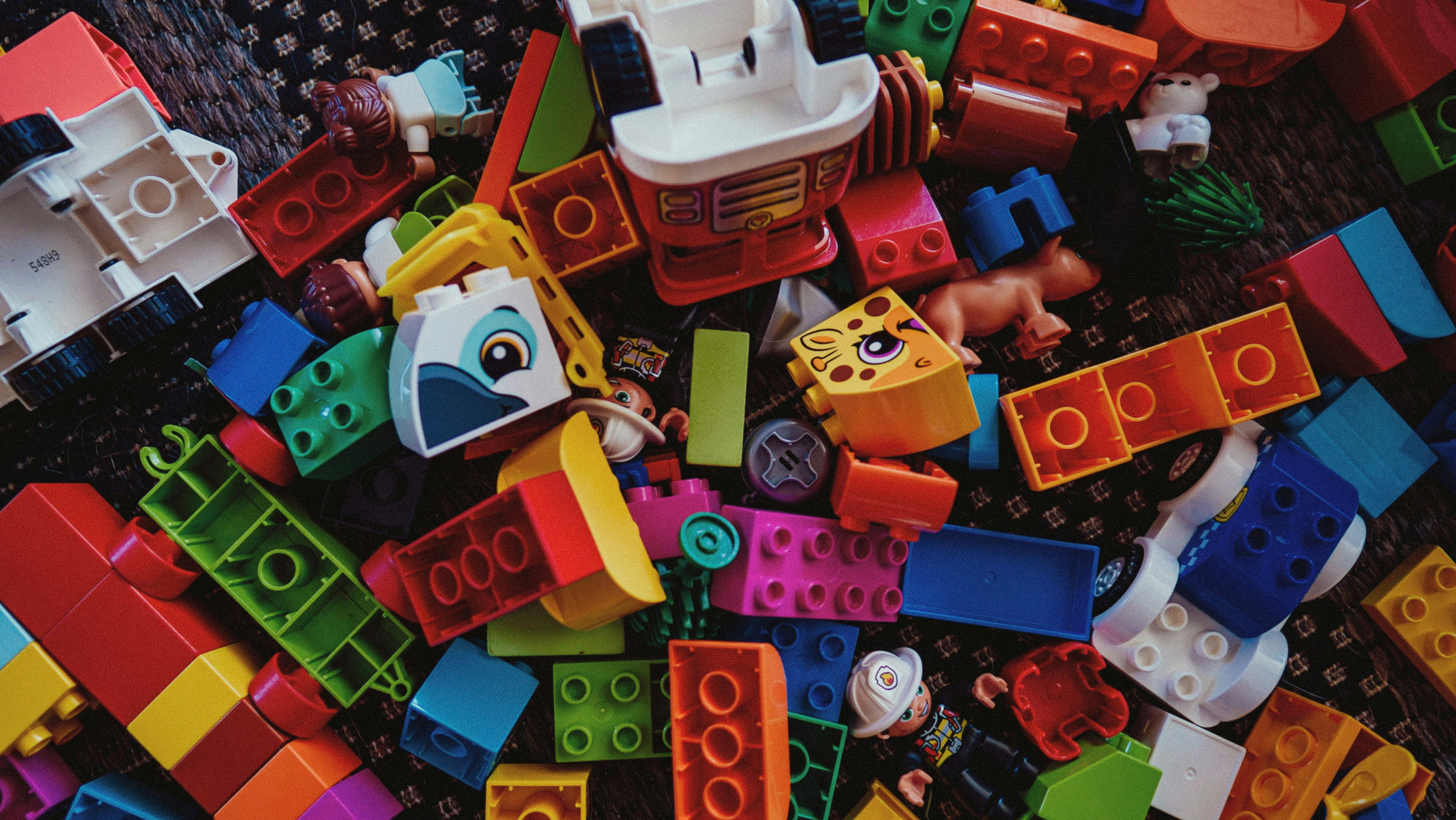These days, a cohesive and scalable brand presence is essential for any business aiming for longevity and impactful customer connections. A design system is a comprehensive framework that supports this by establishing a structured set of reusable components, rules, and standards that guide all design aspects across various platforms and channels. These systems often include everything from colour schemes, typography, and spacing guidelines to more complex elements like interaction patterns and motion design. When created thoughtfully, a design system empowers teams to maintain visual consistency, streamline development, and provide the flexibility needed to adapt to future requirements. Here I’ll cover the reasons why Kooba loves to implement design systems, and the ways that such a system can transform your branding opportunities.
Durability
At Kooba, we believe that “metrics are for life”. Once we invest time, research, and energy into a solution, we always want to provide it with the support and attention that it deserves after launch. If you feel the same about your own website, then a design system might be for you. A design system allows a client to undertake their own maintenance, upgrades, and tweaks to their website, allowing for a far more self-sufficient and durable solution. It also makes it easier (and faster) for your agency to make any changes, or even develop entirely new solutions. Take, for instance, Kooba’s work on Bord Bia Gather, which was enabled by our existing design system at Bord Bia.
Consistency
A crucial benefit of a design system is the consistency that it provides across your entire visual brand. Building a recognisable and distinctive brand identity means providing your audience touchpoints that remain the same across multiple exposures with your product and content. Think, for instance, of the black and white of Guinness, which features in all of their advertising (and of course their actual product). A design system goes one step beyond a traditional brand guidebook, making sure that all of your UX and UI is consistent across all of your platforms. This means that every time any user interacts with your brand, they encounter recognisable features, animations and layouts, both improving their experience and strengthening their associations with your brand.
Scale
Quantity sometimes has a quality all of its own. Once a project reaches a certain scale, it becomes impossible to manage in the same way as before. This is why having a formalised, written, and clear design system is so important. It means that producing visually coherent and consistent products and content does not rely on one person “knowing how it looks” or “remembering the way of doing it”. This insures you against the churn of personnel and ideas that is inevitable in any large firm over time. Nobody can forget or misremember a design system, and a design system doesn’t slowly change over time (unless, of course, you want it to).
Flexibility
A good design system is like a box of LEGO. It might be developed with a single project in mind, but its components can be quickly rearranged to build creative solutions to unexpected problems. In practice, this means that a design system provides your marketing team with the ability to rapidly build a massive variety of content faster and to a higher standard than otherwise possible. The creative possibilities this unlocks are dramatic, look at Bord Bia’s use of event websites for instance, which elevated visitor experiences and served as valuable promotional tools.
The complete package
A well-crafted design system is more than just a set of design guidelines—it’s a strategic asset that allows your brand to grow while staying true to its core identity. By offering durability, consistency, scalability, and flexibility, design systems empower Kooba to maintain high standards across projects and future-proof their digital presence. Whether your goal is to keep your visual identity strong, handle growth with ease, or provide teams the creative freedom to evolve, a design system offers the foundation you need to make it happen. Embracing a design system is a proactive investment in your brand’s future, helping you deliver memorable, consistent experiences every time your audience interacts with your digital spaces.
If you think a design system could help your business, don't hesitate to get in touch!









